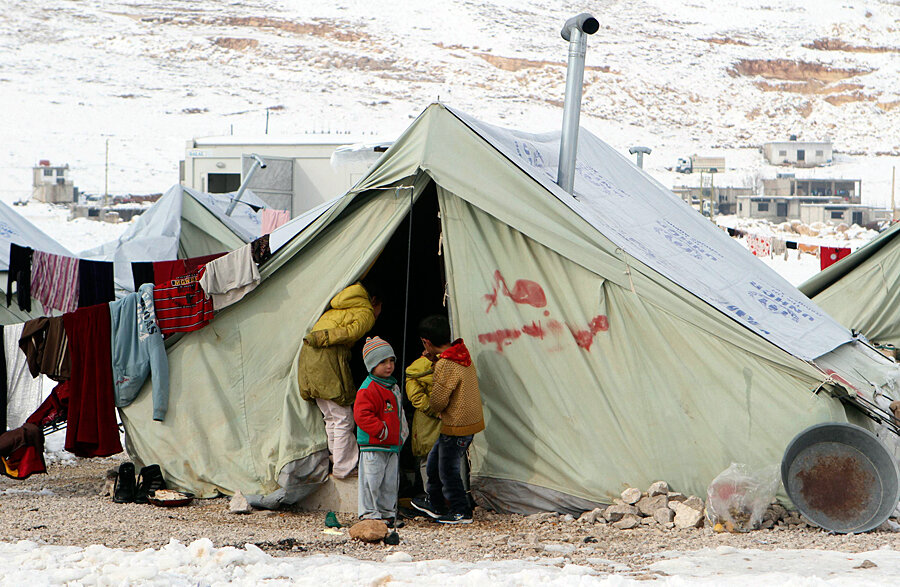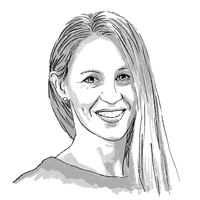Israeli youths help Syrians fight winter chills
Loading...
| Jerusalem
After an unusually severe winter storm moved through the Middle East last month, leading to the death of 27 Syrian children, Israeli youths decided to step in.
Teens and tweens from one of the country’s largest youth movements have mobilized in 650 communities to collect blankets, coats, and sleeping bags for their shivering Syrian neighbors, despite the political tensions between the two countries. Gal Lusky of Israel Flying Aid, a veteran humanitarian worker who helped organize the campaign, says it’s the most inspiring effort she’s been a part of.
“I did some work in Pakistan, Iraq, Sudan – this is the most moving [work] I ever did,” says Ms. Lusky, who coordinated the campaign, dubbed Operation Human Warmth, with the youth group Hanoar Haoved Vehalomed and the affiliated social movement Dror Israel. “For me, knowing that those kids in a year or so might be holding weapons against those Syrians that today they send help to – it’s not a common reaction.”
Most Israelis join the army at age 18 for mandatory service, though there are exceptions for Arabs and religious Jews. But even some young Israeli soldiers who found out about the campaign asked if they could join.
However, they couldn’t send their military-issued clothes or equipment of course, so they needed an extra weekend to go home and get items to donate. Lusky obliged by extending the deadline from today to Jan. 15.
The youths involved are not only Israeli Jews; about 20 percent of them are Arab Christians or Muslims, Druze, and Bedouin. Lusky doesn’t yet know how much has been collected; everything will be weighed and boxed after it is brought to warehouses between Jan. 15 and 19, and then make its way to Syrian refugees and internally displaced persons (IDPs).
But as useful as the supplies will be, the operation is more than just a delivery service. In the three-phase rollout of the campaign, the young people also learned more about the conflict and how to reassure skeptics – first among their families, then in their neighborhoods, and finally within the general public – that the supplies were for civilians, particularly women and children, with no role in the fighting.
“The first week of this operation, they needed to go raise those items among their families because we wanted them to train and to know a little bit more about the conflict and the hard questions that they will be asked probably on the next stage to their communities,” explains Lusky, adding that they drafted brochures together to explain the operation. “At least our youth is not being ignorant to the suffering next door… I’m very proud to be Israeli at such moments.”






